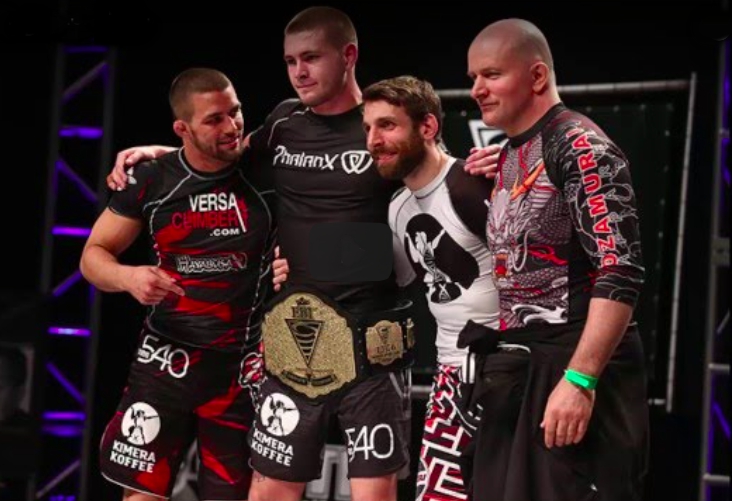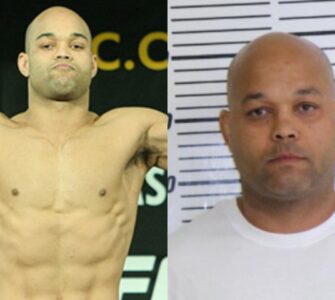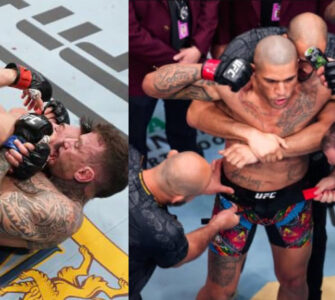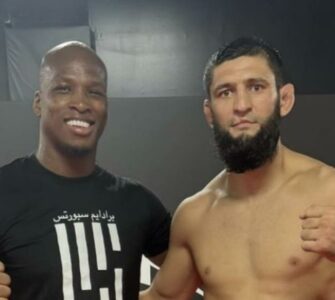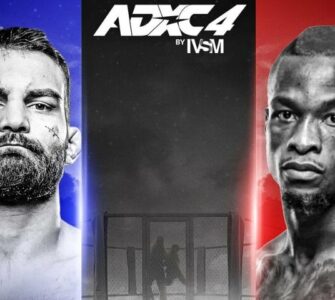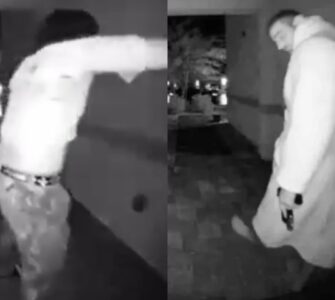John Danaher is by all means a sensation in contemporary jiu-jitsu – in fact he’s so intriguing even his parody is incredibly popular. Now while John makes most of his communication in a monologue like single paragraph the parody itself has him pegged down to bullet points.
A great example of the Danaher Death Squad hierarchy can be seen in the way Danaher relates to junior members such as Oliver Taza and or Ethan Crelinstein.
•Kohai means people I hate.
•That’s why I enter them in the higher weight categories.
•They keep winning though and not getting hurt.
•D*cks.
But all of this is rooted in Japanese martial arts tradition as John Danaher just explained to flograppling:
“The traditional method of teaching in Japan, not just in martial arts but more or less across the board is always bound up in the idea of seniors and juniors. The Japanese have an excellent record in all forms of education. “
And indeed much like the Danaher death squad Japan is above average in math, science and literacy, the international PISA test ranks them below board just in gender equality.
Danaher continued: “It seems that Japan modeled their educational model according to England… They had aspirations to become a World Power and they thought England was an excellent model…”
As to how the model applies to the current batch of students:
“In any given classroom environment you have to make a distinction between those with professional aspirations, who want to become professional jiu-jitsu athletes or coaches and those who are more recreational. I think it’s clear by definition that those recreational would be kohai but they still want to improve, they want to get better. So they’re just as much inspired by the actions of the senpai as anyone else is but what I would say is that classroom structure is not the whole story as to development in any squad. I’ve always been a huge believer in the success bringing in foundation on which more success can be built. It’s very very hard to build a successful training program without first investing in a small elect number of people who will become your role models. Remember that most athletes in the sport of jiu-jitsu tend to be rather skeptical the base mental state in martial arts is one of skepticism and that’s a good thing. You should always be questioning does this work or not. If you’re not than you can go in the wrong direction in martial arts and end up where people are knocking each other with eyes and mystical elements. I like the spirit of skepticism. “
Danaher concludes:
“You need some method of delivering effective proof to the skeptics that come through the door. That proof will be your best students, your senpai. So in the early days of the training program clasroom is made in the few top athletes in the room. As people come in, they will have proofs delivered to them that whatever you’re doing works effectively. “
Prior to the current development of sub only movement Danaher was mostly focused on MMA oriented athletes such as Weidman and GSP. A moment of change for the current Danaher Death Squad was the appearance of Eddie Cummings. As Danaher tells it:
“He wasn’t particularly outstanding when he first came in. But he was highly intelligent, he had an excellent mindset geared towards problem solving, he was extremely determined. He wanted to succeed, he had high ambitions and he was prepared to invest in himself and in the time required to actually realize those ambitions. That was the 4 main points that I looked for in a student. I began working with him. He became my uke, the person I would demonstrate on and we conversed a lot, we talked a lot… “
Danaher then saw a good audience in Eddie for both the back attack system and the leglock system:
“Whenever I combat someone physically stronger than myself my best chances are always to go into legs or to get behind my opponent and mr Cummings agreed with me and started working in those directions. I had worked previously with Garry Tonon but on a much more limited basis. I had taken Garry Tonon for example to fight camps with Georges St Pierre when he fought Nick Diaz. Garry was, he lives geographically a long ways from me so he would typically come in once on a Monday afternoon class… And he was also very shy. Garry was extremely young at those days. “
Danaher continued:
“(Tonon) was very impressed by the leg lock attacks Mr Cummings was becoming very proficient in. This is what convinced him (to commit). “
But Tonon’s sacrifice didn’t end there. At the time he was 2 hours away from a 7am morning class meaning he was forced to get up prior to 5 am 6 days a week. That was around 3 months prior to his first ADCC appearance.
“So Eddie Cummings was the catalyst. You see how the model is working. I saw one individual who had traits that which I believed would lead to excellence. I saw in Eddie Cummings – this is a man who I can invest in, that I believe I would get a return based on what I see. His physical attributes, his psychological attributes etc. etc. That created a corner stone which attracted other outstanding athletes.”
Tonon’s skepticism was dissuaded with Cummings’ skills:
“So one became two. Within a very short time and Garry started telling me about a young student of his Gordon Ryan, who I believe was 16 or 17 at the time and he said this kid doesn’t believe in leglocks at all and so he dragged Gordon Ryan and he came in and he had a similar experience to that of Garry Tonon. He got leglocked all over the place… In all 3 I saw the same characteristics. They were what we call the quiet professional type. “
You can see the rest of Danaher’s interview over at flograppling.

